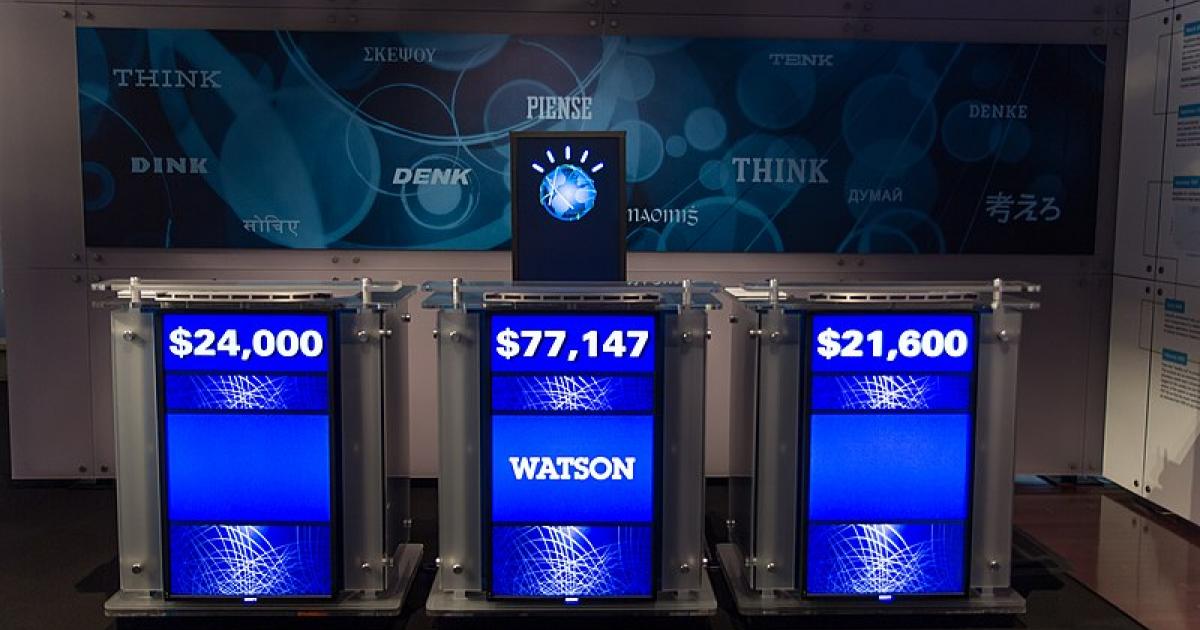
Where will chatbots lead us?
We’ve been talking a lot about ChatGPT in recent months. In the wake of this new type of artificial intelligence, a few months ago two former Google employees created Character.Ai, a platform that enables dialogue with a few hundred characters. They can be historical figures, currently deceased or living, or fictional characters. These language models have been generated from various sources to generate responses that can, in one way or another, be attributed to the chosen characters. The purpose of the platform is to provide entertainment rather than the accuracy of the information transmitted.
What are the next steps in the evolution of this type of technology? Surely one would think that soon it would be possible to communicate with these characters by voice and see their avatar interact, which would answer us with an artificial voice, but still? First of all, we can point out that these artificial intelligences are currently still limited in answering questions. To lead a more realistic conversation, they will also have to be able to ask themselves questions from time to time and that these are not taken out of context.
With the improvement of technology that would practically eliminate answers that are insufficient or contain false information given by characters of the past, the activity in question could take on an educational character with young people as long as the answers are validated for some characters in particular. And that the activity be supervised by teachers if it is organized for students. In such a framework, the questions have to be approved by the teachers who know in advance that the answers given will be the correct ones. For example, in astronomy class, students could ask Hubert Reeves’ avatar about how stars produce light. The recreated character’s responses can be accompanied by graphic representations to aid understanding.
However, I think it will be possible to go further. In the same way that two programs can be made to play chess against each other, it should be possible to have dialogue between two or even several artificial characters. So we can witness a verbal duel. Fun aside, what good could it be? Imagine for example an exchange between Einstein and Newton, could this technology develop enough in the future that, from a conversation between these two artificial personalities, promising new ideas in physics could emerge? Honestly, I’d be inclined to say no, but there’s another possibility: getting yourself involved in this scholarly exchange. Including the human factor in exchanges of this kind with artificial intelligence could be a game-changer. Questions, which we have not thought of, can be asked and make us think from a new angle of approach that can lead us to new ideas.
Will artificial intelligence become a Collective intelligence?
Until now, when we talk about artificial intelligence, we mostly talk about individual intelligence. We can imagine that in a more or less distant future, this AI will become a collective intelligence. Collective artificial intelligence has appeared discreetly in the field of robotics: drones, for example, can communicate with each other to fly in formation. In the future, we can imagine more and more robots communicating with each other to accomplish all kinds of tasks.
On the other hand, the idea proposed in this article of having characters with the same AI dialogue opens the way for different platforms to communicate with each other. If these AI platforms diversify, then one can imagine them communicating with each other to exchange information. Two paths to collective AI will then emerge: botnets and networked ones.
A third method for this type of AI can be imagined. Sooner or later, technological developments will undoubtedly make it possible to combine these two paths: bots, diverse in their design, communicate on the one hand with each other, and on the other hand communicate with collective artificial intelligence resulting from their predecessors, conversational agents and other more advanced programs. I’ll let you imagine what that would look like in the minds of screenwriters contemplating their next sci-fi movie. It is only a matter of providing a very brief glimpse of what the future of AI could be, given that its applications must continue to branch out.






